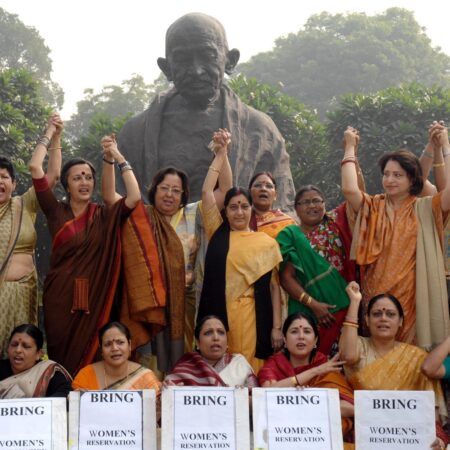The petition challenging the State’s decree prohibiting animal sacrifice from 2017 was dismissed by the High Court with this remark.

The renowned Saptashrungi temple in Maharashtra‘s Nashik area will be able to perform animal sacrifices, the Maharashtra government recently informed the Bombay High Court.
A case filed in 2019 by Adhivasi Vikas Sansth contesting an order of the sub-divisional officer (SDO) imposing a State-wide ban on animal sacrifices on temple grounds was dismissed by a division bench of Justices SV Gangapurwala and RN Laddha.
The aim of the Writ Petition “does not survive” in light of the arrangements made by the sub-divisional officer, Tahsildar, Police Inspector, the Trust, as well as the Sarpanch of the Gram Panchayat, the Bench said.
According to the petition, animal sacrifice was outlawed in 2016 as a result of a gunshot that injured twelve people.
The SDO enacted the order prohibiting animal sacrifice in 2017, and the current petition was filed in 2019.
According to the petition, a ban was necessary since individuals were injured as a result of an accidentally fired bullet. However, goat sacrifice had been a feature of tribal and other cultures’ religious practices since the dawn of humanity.
The hamlet where the Saptashrungi temple was situated believed that a negative omen would result if the rite was not performed.
The petition claims that the SDO made the decision without soliciting feedback and that as a result, several demands for the relaxation of the ban on animal sacrifice were made to the authorities. According to a plan created by the petitioner trust, just six individuals would be present and one goat would be sacrificed.
In the State’s declaration to the Court, ceremonies involving animal sacrifice would be allowed, but no further rites, such as the traditional salutation fire after sacrifice, would be.
When the Court decided in favor of the State’s argument, the plea was rejected.
Read More: Oceans in the Southern Hemisphere are becoming warmer, and we may finally understand why













